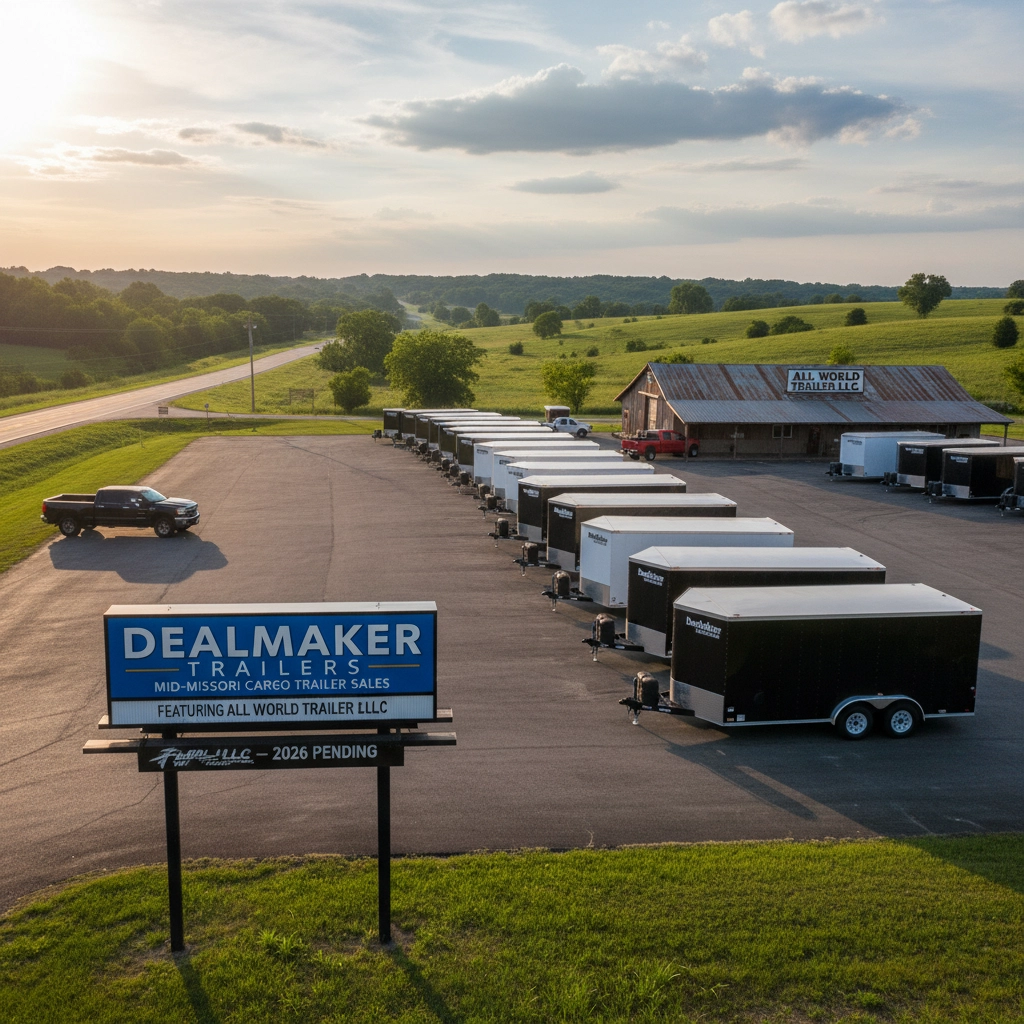Discovering Central Missouri: Hermann | Amerishop Features on Small Town America
- Randy Dinwiddie

- Oct 3
- 2 min read
Updated: Oct 6

Nestled along the Missouri River, Hermann stands as one of Central Missouri's most distinctive towns, where German heritage meets American frontier spirit. This charming community of fewer than 2,500 residents punches well above its weight in history, culture, and attractions.
A German Dream in the American Wilderness
Hermann's story begins in 1837 with an ambitious vision from the German Settlement Society of Philadelphia. These idealistic planners dreamed of creating a town that would be "German in every particular" in the American Far West. They purchased 11,000 acres of rugged terrain along the Missouri River, chosen for its resemblance to Germany's Rhine Valley.
Reality hit hard when the first 17 settlers arrived to find what one writer called "a howling wilderness." The Philadelphia planners had mapped out a flat town with spacious market squares on paper, completely unaware that their purchase consisted largely of steep hillsides and rocky terrain: what locals now jokingly call "vertical acreage."

From Struggle to Success
Despite the challenging conditions, German determination prevailed. The settlers discovered wild grapevines growing abundantly on the hillsides and decided to plant vineyards on the rocky slopes where other crops wouldn't thrive. This decision would transform Hermann into an unlikely winemaking powerhouse.
By the turn of the 20th century, Hermann had become wildly successful. Stone Hill Winery grew to become the second-largest winery in the entire country, producing three million gallons of wine annually and winning gold medals at World's Fair competitions around the globe. Hermann served as a rollicking river port with taverns on every corner, its prosperity built on the vines that clung to those "worthless" hillsides.
What Makes Hermann Unique Today
Wine Heritage: Hermann remains home to several exceptional wineries, with Stone Hill Winery featuring the largest series of underground cellars in North America. Visitors can tour these historic cellars and taste wines made using traditional German methods.
Historic Preservation: The town's economic challenges in the mid-20th century created an accidental blessing: much of downtown Hermann remains a perfectly preserved 19th-century German-American community. Brick buildings, original architecture, and the famous town clock (operating since 1890) transport visitors back in time.
Living History: The Deutschheim State Historic Site and Hermann Living History Farm preserve the area's German immigrant heritage across nearly 200 acres, featuring restored buildings, traditional crafts, and authentic period demonstrations.
Natural Beauty: The Katy Trail, one of America's longest recreational rail trails, runs through Hermann, offering stunning Missouri River views and access to the region's rolling hills and vineyards.

A Town Frozen in Time
Hermann's charm lies in its authenticity. Unlike manufactured tourist destinations, this town evolved naturally from necessity and survived through perseverance. The steep terrain that challenged those first settlers now provides dramatic backdrops for wineries and hiking trails. The German traditions that helped immigrants maintain their identity now attract visitors seeking genuine cultural experiences.
Today's Hermann successfully balances historical preservation with modern amenities, creating a destination where visitors can genuinely step back in time while enjoying contemporary comforts. It's a place where "vertical acreage" became vertical vineyards, and an immigrant community's determination to preserve their heritage created one of Central Missouri's most unique and enduring attractions.

















































Comments